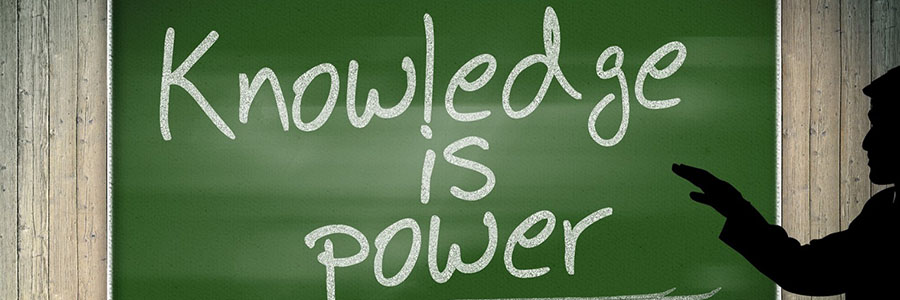
Grades 3-5

Don't have an account yet? Sign up for free
Don't have an account yet? Sign up for free
Students will be able to:

In this economics lesson, students will use marginal analysis to optimize real life decisions.
Warm-Up
Tell students to imagine they are opening an ice cream shop in their local community. They decide to sell ice cream cones with one, two and three dips. The price for a one dip cone is $2. Ask what the price of the second and third dips should be. Should they sell each additional dip for $2 or $1.50? Remind them that they will not incur the cost of the cone in the second and third dips and no additional labor for the extra dips. A lower price for the additional dips may provide an incentive to buy more ice cream, and the additional revenue would generate more profit. Explain that economists use the concept of “marginal analysis” to allocate scarce resources more efficiently, and this lesson will help them understand how that works. (Note: This lesson is designed to supplement the Marginal Analysis Lesson in CEE’s Advanced Placement Microeconomics 4th Edition; however it can be used as a self-contained lesson.)
Modeling
Tell students that marginal analysis is a means of examining the costs and benefits making a change in the production of goods and services, but it can also be used to help individuals decide how to spend their time. Explain that few decisions in life are zero-sum, meaning they’re not all or nothing. Instead, choices have both costs and benefits. Sometimes those costs and benefits are easy to quantify when they are “how much” choices. For example, a “how much” decision would be ‘’how much’’ to pay the employees in their ice cream shop or ‘’how much’’ labor they should hire, and “how much” ice cream they should have in inventory. Other decisions may not be as easy to quantify but can still help them determine the additional value of studying for an extra hour for their next econ exam. Remind them the goal of economic thinking is to maximize benefits and minimize costs. Tell students they will be watching a video, Crash Course Economics: Ep. 18 Marginal Analysis and Roller Coasters, to learn more about marginal analysis and how it used. Stop video at 8:00. After viewing the video, ask students the following questions:
Group Activity
Distribute copies of Anything Worth Doing is Not Necessarily Worth Doing Well. Put students in pairs or groups. Review the instructions and have students complete the activity. Use the answer guide to reinforce the concepts and debrief the activity.
Individual Activity
Distribute copies of Finding the Optimal Quantity. Explain that this handout focuses on graphing the concepts in the lesson. You may want to assist students in completing Part A or allow them to read it on their own. Ask students if they have questions before continuing the assignment. Have them complete Part B and review it using the answer key. If your students will be taking the AP exam, remind them that understanding marginal analysis is a key factor in passing it.
Use the handout, An Exercise with Marginal Benefits and Marginal Costs, to assess student learning. You may want to review answers with students to ensure they understand the concepts.
Activity 1
Have students read the following article: Despite Rising Costs, College is Still a Good Investment. Tell them to write a short paper stating why they agree or disagree with the article. Remind them to include the marginal analysis concepts in their papers.

Grades 3-5

Grades 9-12

Grades 9-12

Grades 9-12
